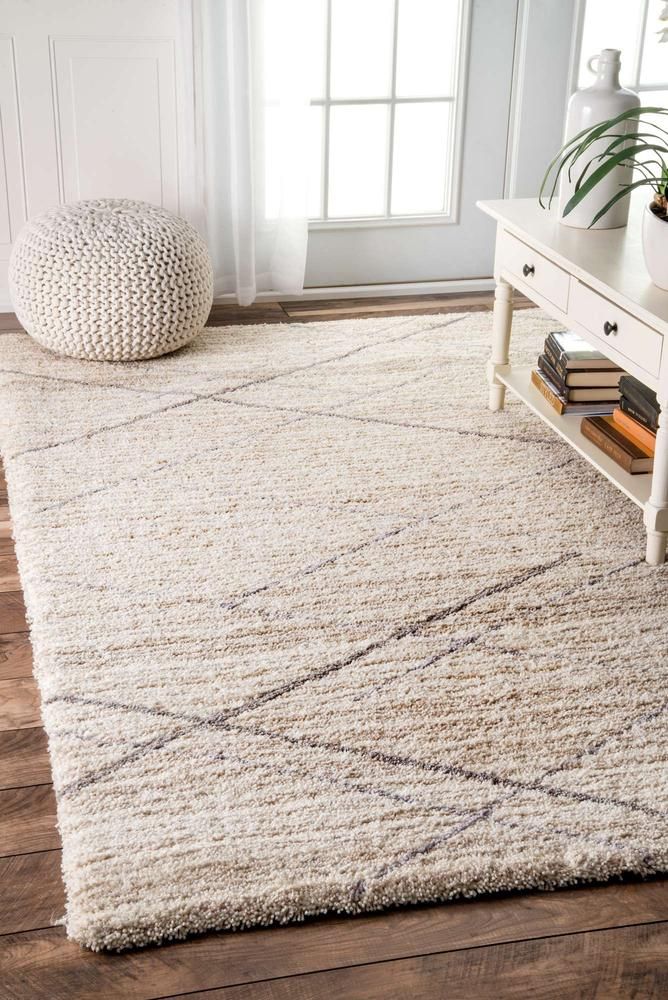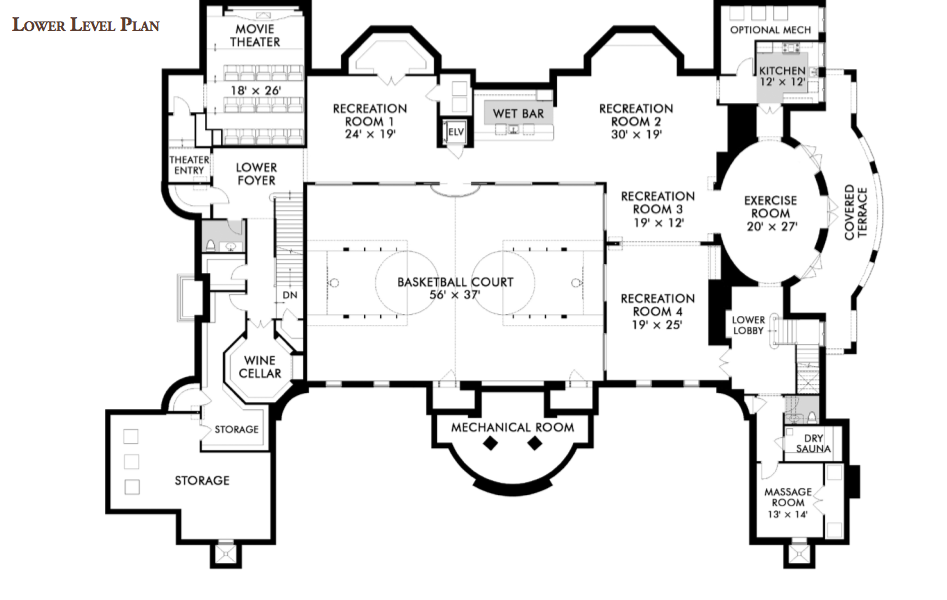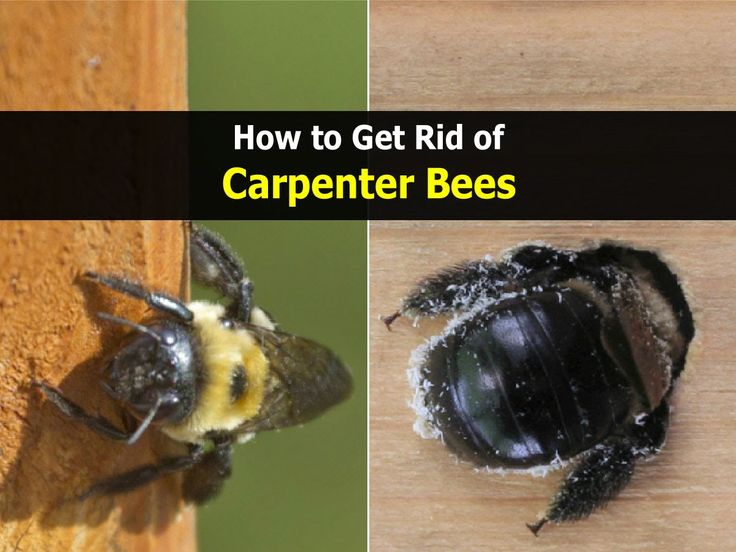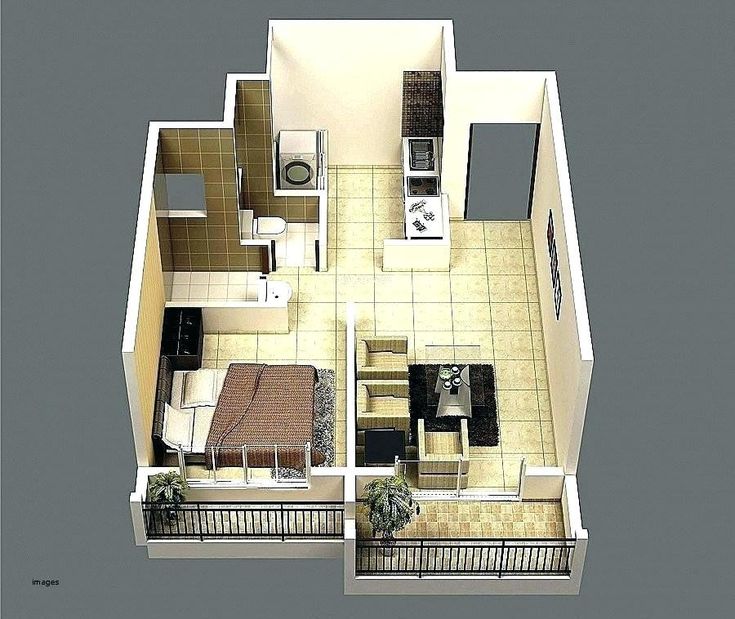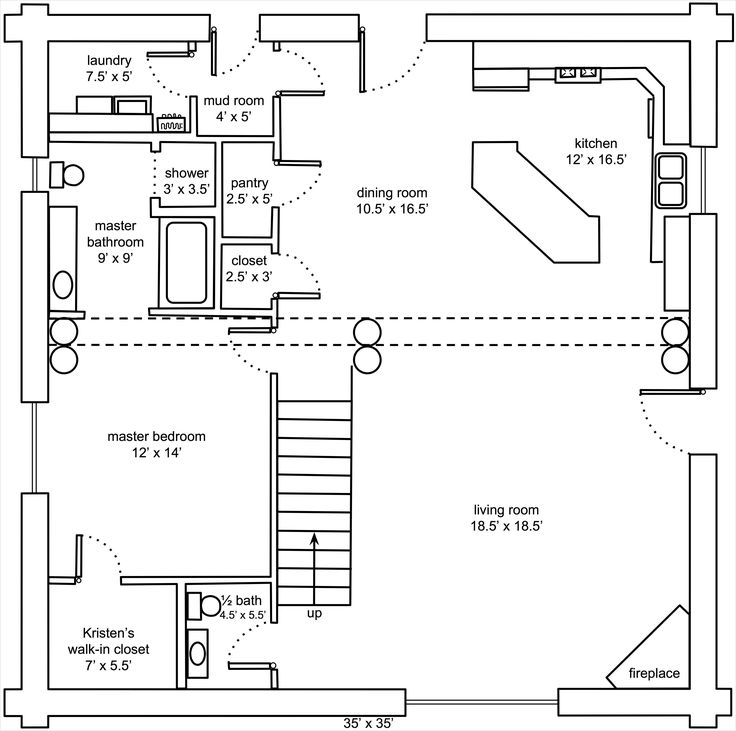How to eliminate carpenter bees
8 Ways to get rid of Carpenter Bees
The safest way to get rid of Carpenter Bees would be to call a professional bee removal team, such as Bee Serious Bee Removal because when it comes to the safety of your family, you only want the best.
With over 20,000 different species of bees in the world, there are bound to be a few of them that are more of a hindrance than a help. One of those bees is the Carpenter Bee. They look similar to Bumblebees in size and general shape but whereas Bumblebees usually nest in the ground, Carpenter Bees nest and lay their eggs in wood that they have drilled into for protection. If you notice these wood dwellers living in your home, here are 8 ways you can get rid of Carpenter bees on your own.
Although Carpenter Bees are typically docile, they can still cause big problems in your home. The male hovers just outside the nest to protect and fight off any intruders or other bees by engaging in physical combat, albeit without a stinger. The female, who actually does have a stinger, acts as a last line of defense for those who enter the nest. The real problem with Carpenter Bees is what they do to the wooden features of your home. These little insects bore holes out of soft wood and create a series of tunnels to lay their eggs and seek refuge from the weather and danger outside of the nest. Even though this doesn’t seem too bad, over time it will do a lot of damage to your home. Carpenter Bees are looking for raw or untreated wood, damp wood and older outdoor furnishings such as tables and chairs. This means the most common places you will find them is door frames, windows, the siding of your home, patio furniture and exposed wooden beams.
If you have realized that you have a Carpenter Bee infestation, here are a few simple ways to get rid of them or protect your home before they come around looking for a new place to build a nest:
1. Paint or seal any exposed wood around your home.
These little bees are looking for easy to drill wood, therefore, if your deck, door frame or windows are left untreated, they are the prime candidate for a bee infestation.
2. Vacuum the bees out with a wet-vac.
This method is best if the nest is fairly new and if you have a high powered wet-vac. The best time to try this is to wait until the evening because the bees will be back in the nest for the night.
3. Make a lot of noise.
Carpenter bees enjoy the quiet so if you find yourself with some unwanted guests, set up a radio or speaker right next to or on top of where the nest is. Not only does the music disorient them, the vibrations will cause them to evacuate their nest. Often times, once a severe problem has happened in their nest, they will not return to that same place anymore.
4. Make a citrus spray.
Carpenter Bees are naturally repelled by the smell of citrus. in a small pot of water, slice the citrus fruit and boil it in the water for 10-15 minutes to release the juice. Let the citrus water cool down and pour it into a spray bottle with a “stream” nozzle and spray it into the nest site.
5. Boric Acid.

This common household item can be used for a bevy of different DIY insect-removal projects. Mix 3 parts water with 1 part boric acid in a spray bottle and spray inside the entrance hole. This is very poisonous to the carpenter bees and will exterminate them within an hour.
6. Aerosol Carburetor Cleaner.
Although this is not the most natural remedy, it works. Whether they are inside when you spray it inside or not, it will either kill them or make their nest inhabitable.
7. Essential Oils.
Carpenter Bees are very sensitive when it comes to scents inside their nest. Peppermint, tea tree and lemon essential oils are excellent for making their nest unbearable thus making them leave for good. Although this isn’t a permanent solution, it will buy you a little time to safely get them out of the nest without hurting them so you can properly seal the entrance site.
8. Pyrethrum Spray.
Pyrethrum, also called Tanacetum, is a flower that is used a lot in natural pesticides.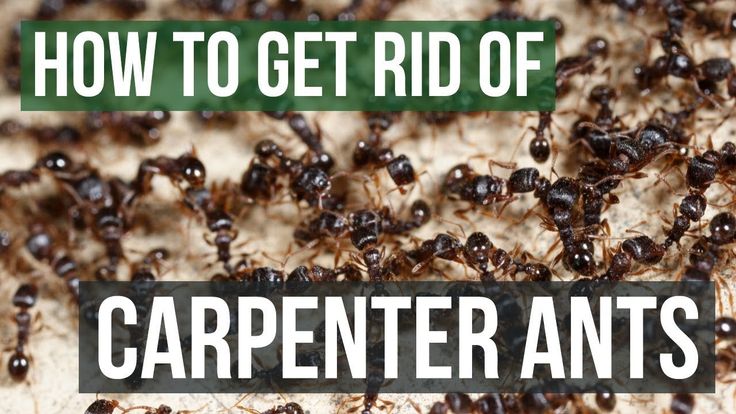 It is one of the strongest natural insecticides that is allowed in organic gardening.
It is one of the strongest natural insecticides that is allowed in organic gardening.
If you notice a carpenter bee hovering around your house, you can bet there is an entrance to their nest nearby. Although home remedies seem easy and foolproof, you should always wear protective gear when handling chemicals as well as disturbing an insect nest.
If you need help with bee removal, please do not hesitate to contact us today!
Carpenter Bees Management Guidelines--UC IPM
UC IPM Home > Homes, Gardens, Landscapes, and Turf > Carpenter Bees
Carpenter BeesRevised 6/14 In this Guideline: |
|
|
Adult female mountain carpenter bee.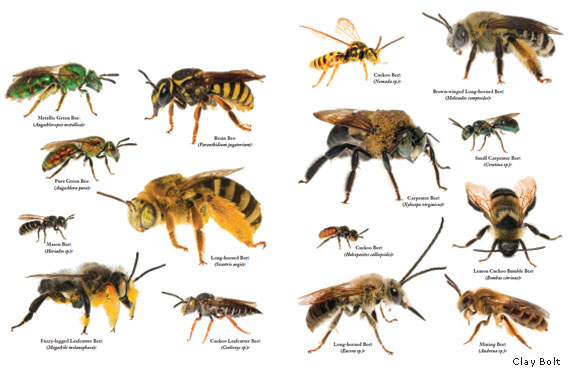
Adult male valley carpenter bee.
Carpenter bee nest in redwood beam showing immature stages.
Carpenter bees build nests in wood, creating galleries that can weaken structures; however, they rarely cause severe damage. People may be frightened by carpenter bees because of their large size, their similarity to bumble bees, and their annoying noise.
IDENTIFICATION
Most carpenter bees, Xylocopa spp., are large and robust insects resembling bumblebees. Females range from about 5/8 to 1 inch long and are shiny black or with metallic blue reflections. Their abdomens are shinier than those of bumblebees with fringes of hairs on some segments. Males usually have pale hair on the thorax and the male valley carpenter bee is golden brown.
LIFE CYCLE
Female carpenter bees bore into sound wood, and sometimes decaying wood, to make nests. Nests usually consist of tunnels 1/2 inch in diameter and 6 to 10 inches deep that are partitioned into several chambers, each containing an egg and a supply of food (pollen).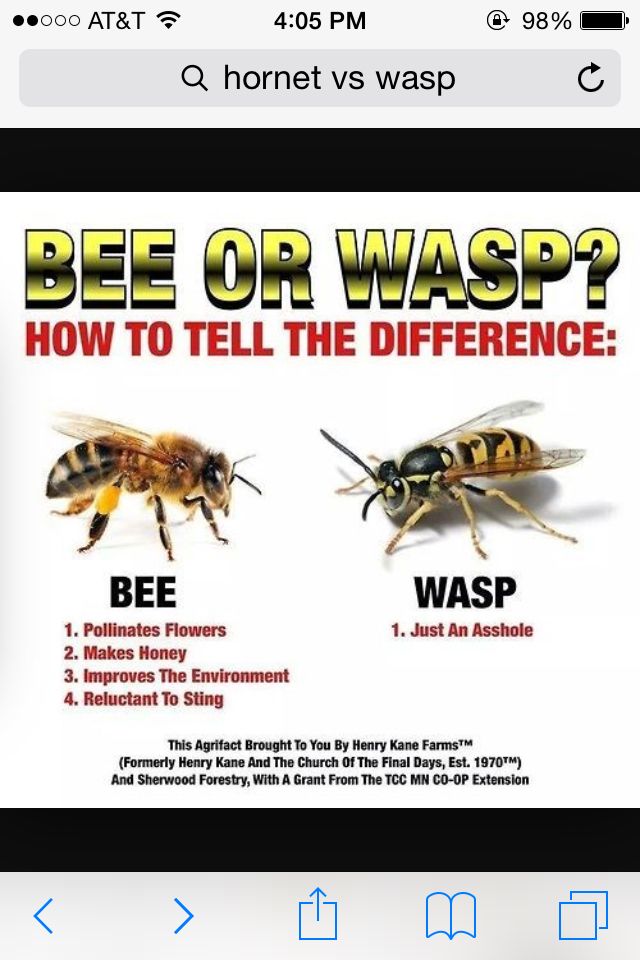 Carpenter bees may use old tunnels for their nests, which they occasionally enlarge; several bees may use a common entry hole connecting to different tunnels. Over a period of time, tunnels may extend as far as 10 feet into wood timbers. Tunnels are vacated after the brood’s larval and pupal stages complete their development. Development from egg to adult may take about 3 months. New adults emerge in late summer, feed on nectar and pollen and overwinter, often in old tunnels they have provisioned with pollen. They emerge in spring to mate, create and provision nests, and lay eggs. There is only one generation a year.
Carpenter bees may use old tunnels for their nests, which they occasionally enlarge; several bees may use a common entry hole connecting to different tunnels. Over a period of time, tunnels may extend as far as 10 feet into wood timbers. Tunnels are vacated after the brood’s larval and pupal stages complete their development. Development from egg to adult may take about 3 months. New adults emerge in late summer, feed on nectar and pollen and overwinter, often in old tunnels they have provisioned with pollen. They emerge in spring to mate, create and provision nests, and lay eggs. There is only one generation a year.
DAMAGE
Carpenter bees cause damage to wooden structures by boring into timbers and siding to construct nests. The nests weaken structural wood and leave unsightly holes and stains on building surfaces. Sound, undecayed wood without paint or bark is usually selected for nests. Carpenter bees also frequently attack dead wood on trees or lumber from southern yellow pine, white pine, California redwood, cedar, Douglas fir, cypress, mimosa, mulberry, ash, and pecan trees. They avoid most hardwoods. The presence of carpenter bees around buildings and wooden structures can be annoying or even frightening; however, males cannot sting and females sting only when provoked or handled roughly.
They avoid most hardwoods. The presence of carpenter bees around buildings and wooden structures can be annoying or even frightening; however, males cannot sting and females sting only when provoked or handled roughly.
MANAGEMENT
Prevention is the main approach to managing carpenter bees. If possible, susceptible exterior parts of a building should be constructed out of hardwoods, which are not normally attacked by the bees for nest building. On all buildings, fill depressions and cracks in wood surfaces so they are less attractive. Paint or varnish exposed surfaces regularly to reduce weathering and attack by bees. Fill unoccupied holes with steel wool and caulk to prevent their reuse. Wait until after bees have emerged before filling the tunnels. Once filled, paint or varnish the repaired surfaces. Protect rough areas, such as ends of timbers, with wire screening or metal flashing.
Carpenter bees are generally considered beneficial insects because they help pollinate various crop and noncrop plants.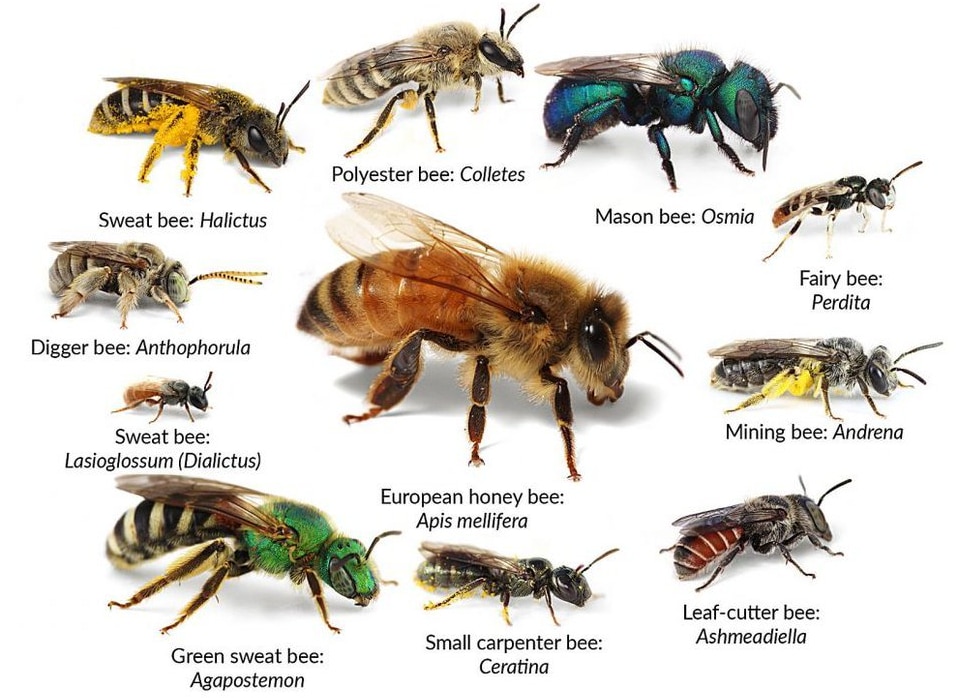 Under most conditions their damage can be successfully managed using the preventive measures described above and insecticide use is not recommended.
Under most conditions their damage can be successfully managed using the preventive measures described above and insecticide use is not recommended.
If infestation is high or risk of damage to structural integrity is great, insecticides may be used to augment other methods of control. To do this, treat tunnels with adult bees in early spring before nesting activity has begun, or in fall after all adult bees have emerged and are settling in to hibernate through the winter. It does little good to treat active nests (those containing eggs, larvae, or pupae) in late spring to summer as indicated by females bringing in loads of pollen, since each brood chamber is sealed with partitions of wood particles at each end which prohibits pesticides from penetrating to the brood. These developing bees can chew their way out after the pesticide is no longer viable. It is best to treat at night when the adults have returned to the tunnel. Wait a day or two after the treatment before sealing the tunnel to make sure all adults have been exposed to the insecticide.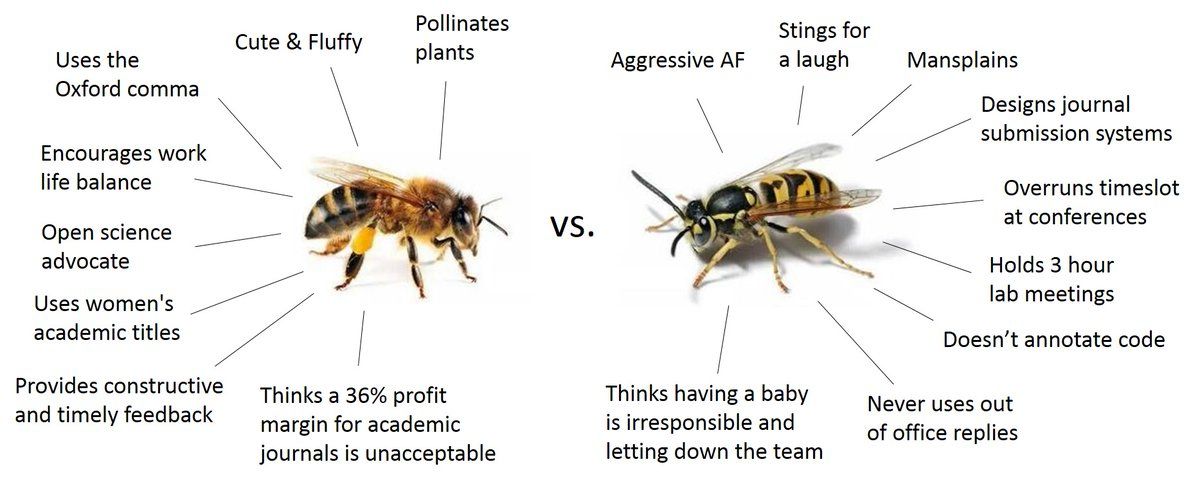
Apply dust formulations of insecticides or desiccant dusts into nest holes with a bulb applicator. Dusts containing pyrethrin (Drione Dust), borate or disodium octaborate tetrahydrate (Tim-bor), and pyrethroids including deltamethrin (Bonide Termite and Carpenter Ant Dust) and cyfluthrin (Tempo Dust) are currently labeled for use against carpenter bees. Avoid inhaling these materials, because they can cause serious lung irritation. Many of these products are available only to licensed pest control professionals. After the adults are killed, repair and fill holes with steel wool and caulking, then repaint or varnish the repaired surfaces.
WARNING ON THE USE OF PESTICIDES
REFERENCES
Revised adaptation from Marer, P. 1991. Residential, Industrial and Institutional Pest Control. Oakland: Univ. Calif. Agric. Nat. Res. Publ. 3334.
PUBLICATION INFORMATION
Pest Notes: Carpenter Bees
UC ANR Publication 7417
Produced by University of California Statewide IPM Program
PDF: To display a PDF document, you may need to use a PDF reader.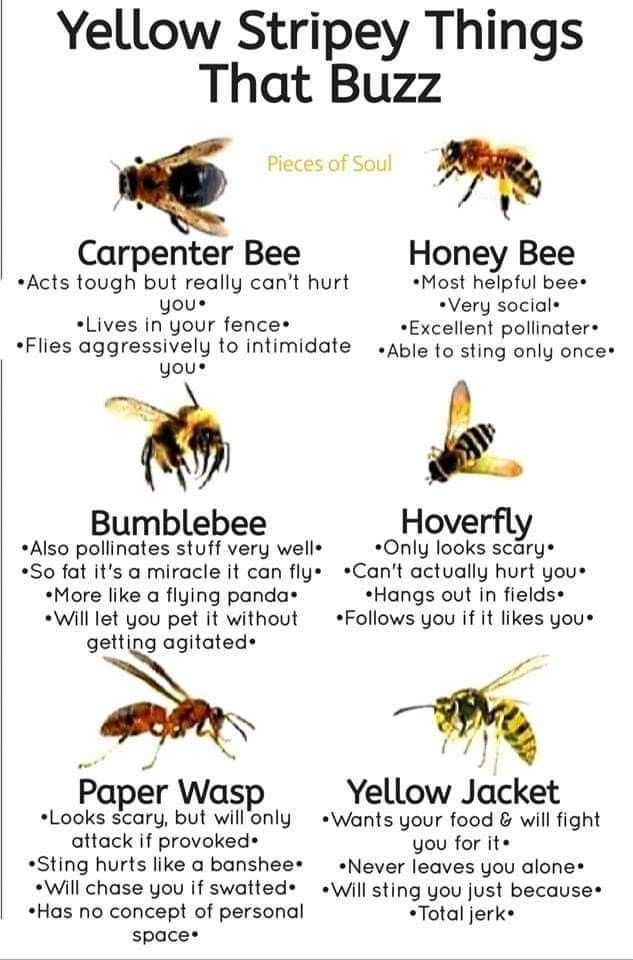
Top of page
Carpenter bees - what are dangerous and how to get rid of them? Photo — Botanichka
Once at an old dacha we noticed some interesting "neighbors". These were unusual dark-colored insects, similar either to large flies, or to bees, or to bumblebees. And they lived directly inside the canvas of the front door to the house. The door was old, it had several holes of incomprehensible origin, from which these insects periodically flew out and flew in. They've obviously set up accommodation there! I don’t know what damage was done to the country door, which already required replacement, but, as we later found out, such tenants can cause significant damage to new buildings. What are these insects and how to deal with them, I will tell in this article.
Carpenter bees - why are they dangerous and how to get rid of them? © Elena KreuzbergFeatures of carpenter bees
Carpenter bees ( Xylocopa valga ) live on all continents except Antarctica.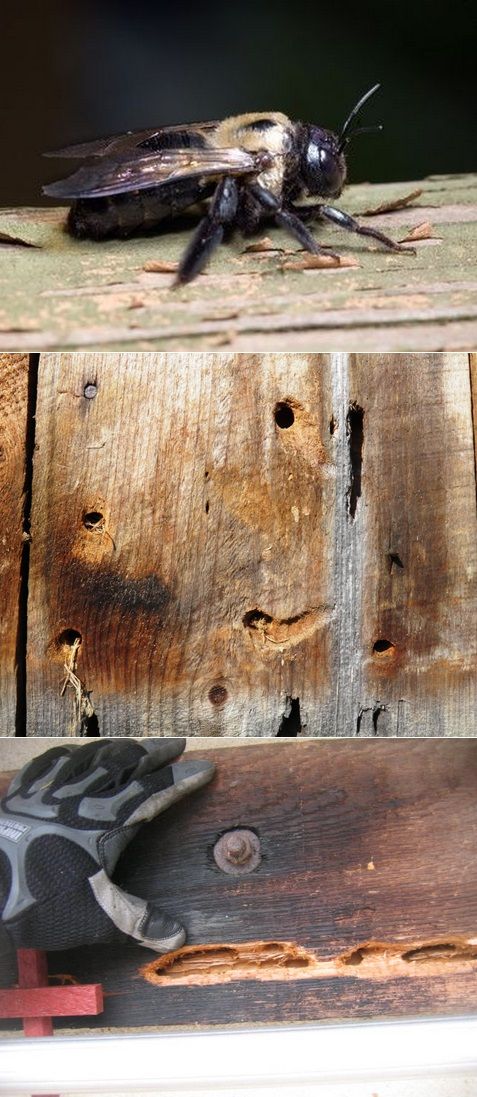 They have a body length of 12 to 25 mm. The color is black, greenish-black, dark blue with a metallic sheen or purple tint. The wings of these insects are black with a blue-violet sheen. Antennae black above, reddish below. There are yellow areas on the head near the eyes, and yellowish hairs are also present on the legs, chest and abdomen (but not as bright or numerous as in bumblebees).
They have a body length of 12 to 25 mm. The color is black, greenish-black, dark blue with a metallic sheen or purple tint. The wings of these insects are black with a blue-violet sheen. Antennae black above, reddish below. There are yellow areas on the head near the eyes, and yellowish hairs are also present on the legs, chest and abdomen (but not as bright or numerous as in bumblebees).
Carpenter bees have a large, dense build and are sometimes confused with bumblebees. To unmistakably identify such a bee, look at the upper abdomen of the insect. While the abdomen of a bumblebee is densely covered with hairs, the upper abdomen of the carpenter bee will be hairless, black, and shiny.
These bees are solitary, they "dig" tunnels in wood to make their home, especially preferring the bare and weathered surface of the tree. They gnaw their passages with their jaws, and the length of the passages is from 30 cm to 1.5 m, the entrance diameter is from 0.7 mm to 1 cm. It is important to note that carpenter bees do not feed on wood throughout their entire life cycle, and sawdust thrown out by insects.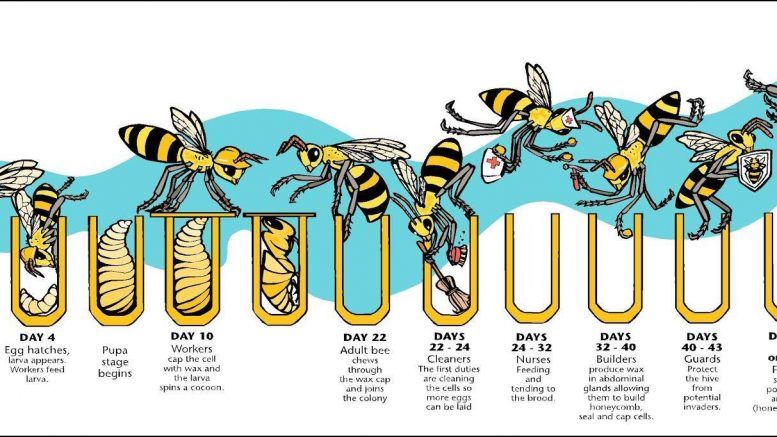
Each larva is in an individual cell located inside such a passage. Although these bees do not form a swarm, several females can live together in the same nest, with one female breeding while the others guard the brood. Bees often block the entrance to the nest with their own abdomen.
Males and females overwinter in nesting passages. When it gets warm enough in spring, the adults emerge from the nests and mate. The males die shortly after mating, and the females begin to dig new tunnels or expand old buildings. Carpenter bees, like honey bees, feed on pollen and nectar. Females provide their larvae with food by placing balls of pollen and bee bread in the cell in advance, after which the bee lays eggs in each chamber and soon dies.
The offspring of the eggs hatch after a few days, and the young larvae begin to feed on the food left for them by the mother. Within five to seven weeks (depending on the temperature conditions of the environment), the bee pupates and reaches an adult state. A new generation of carpenter bees emerge in late summer to feed on nectar before preparing for winter. The life span of a carpenter bee does not exceed one year.
A new generation of carpenter bees emerge in late summer to feed on nectar before preparing for winter. The life span of a carpenter bee does not exceed one year.
These insects, like common bees, are good pollinators, but only for flowers with an open corolla. But plants with deeper nectar are a problem for them, and insects treat them “barbarically”. To get to the sweet nectar, the carpenter bees cut the side of the flower, penetrate into the center, and deprive the flower of its juice without providing any pollination services in return, since they do not come into contact with the anthers.
In order to collect pollen grains for food for larvae, carpenter bees practice a very interesting technique called “buzz pollination”. It looks like this: when a bee lands on a flower, it uses its pectoral muscles to create vibrating sound waves that shake the pollen off the anthers.
Carpenter bee or wood borer bee (Xylocopa valga). © Vlad ProklovWhy are carpenter bees dangerous?
Carpenter bees can be a real nuisance for summer residents and owners of country houses.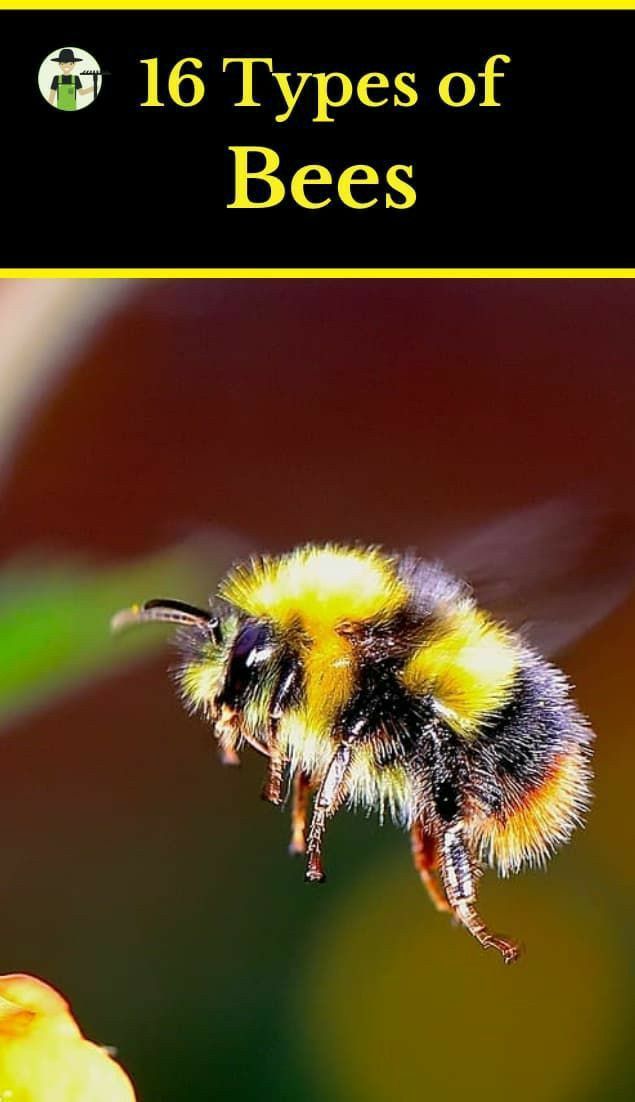 They often build nests close to humans: in front doors, decking, porches, cornices, stair railings, garden furniture, wooden fence posts, and other similar structures. Every year they cause massive damage to the tree by tunneling in various designs.
They often build nests close to humans: in front doors, decking, porches, cornices, stair railings, garden furniture, wooden fence posts, and other similar structures. Every year they cause massive damage to the tree by tunneling in various designs.
Carpenter bees are certainly not termites or carpenter beetles, they do not feed on wood, and their nest tunnels are limited in size. However, after a few years, the damage to the wood can become quite significant as the bees widen old tunnels and "dig" new ones. If carpenter bees are allowed to tunnel through a wooden structure year after year, the cumulative damage can be significant.
In addition, they also spoil the appearance of wooden structures, leave stains with their feces. Since such bees are used to recovering at the entrance to their dwelling, yellow spots can be seen on the surface of the tree, just below the entrance to the nest.
These insects can also be aggressive, especially during the mating season, which occurs in April-May. At this time, male carpenter bees usually fly around the nest holes in search of females. During such a period, aggressive insects may well fly very close to people and animals, even deliberately crash into them and dive overhead.
At this time, male carpenter bees usually fly around the nest holes in search of females. During such a period, aggressive insects may well fly very close to people and animals, even deliberately crash into them and dive overhead.
It is the males who show the greatest aggressiveness, but they are not able to bite, since they do not have a stinger. But females can already sting, but only if they are seriously provoked. In particular, don't swing your arms too much, catch bees or press them hard, it's better to just ignore their buzzing and aggressive flights over your head.
Bee trapRead also our article How black wasps helped us in the fight against pest larvae.
How to get rid of carpenter bees?
The best defense against carpenter bees is, as in many cases, preventing them from attacking. These insects prefer to damage woods such as pine, fir, cypress, oak, and mahogany, especially if the wood is not barked, stained, or treated.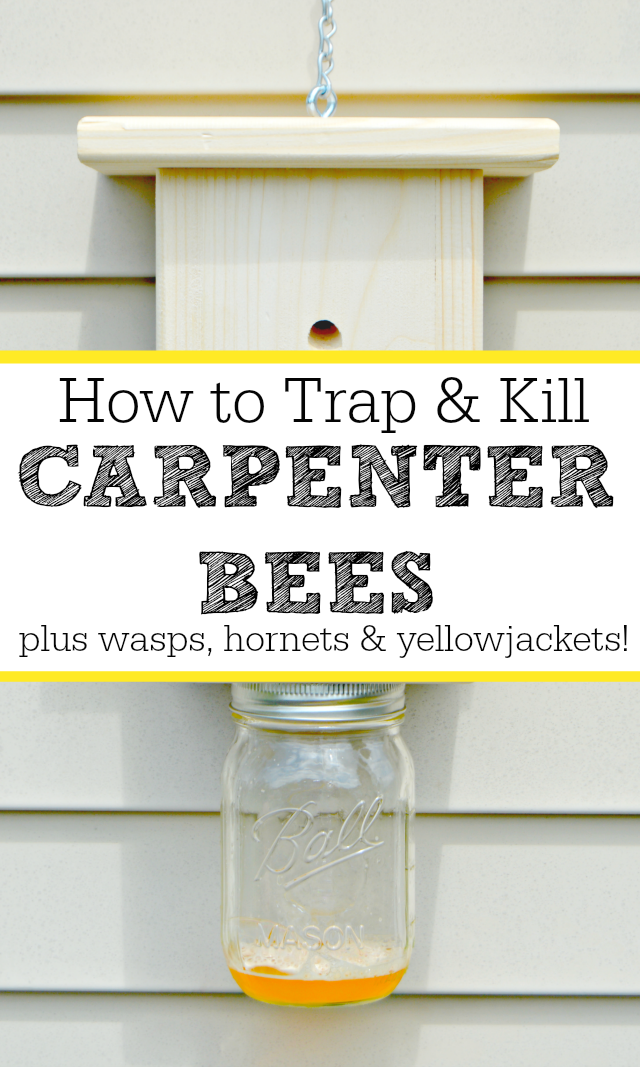
Sometimes bees also colonize painted wood, especially if the paintwork is old and peeling. Therefore, you can prevent carpenter bees from nesting in the first place by painting the exterior of the house or other woodwork, or by resurfacing an old coat of paint. A fresh coat of paint or varnish is unattractive to the carpenter bee.
Close as many cracks in the wood as possible. Carpenter bees look for cracks that will make their entrances less visible to woodpeckers, so they prefer to populate such wood. Therefore, as soon as the installation of the structure is completed, be sure to seal all cracks and crevices.
If carpenter bees have already inhabited your wooden structures, it is better to try to simply expel insects without destroying them, since in Russia and Ukraine these insects are listed in the Red Book.
You can suspect that you have such unusual neighbors by the following signs:
- even rounded holes in the wood, under which there are yellow spots;
- the appearance of heaps of sawdust;
- "swarming" of such bees near your dwelling;
- insects crawl into their holes or fly out of them.

Read also our article Firefighter beetles - how useful for the garden and can they harm?
Bees really dislike vibration and loud noises near their home. Therefore, in order for the bee to leave its nest, it is recommended to periodically turn on the perforator, or listen to loud music with low bass. It is believed that after some time (on average, after 2-3 days) the bees should leave their nest in search of a quieter place.
Another way is to watch the nest and close up all the entrances and exits to the burrows when the occupants leave them. As soon as you see that the bees have flown outside in the spring, seal the holes for the nests with putty. You can also putty the nest entrances in the fall, after the next generation of carpenter bees have hatched. Before puttying, it is recommended to spray inside a spray with citrus essential oil diluted with water, and also put a piece of a steel mesh sponge into the hole. Holes can also be covered with sealant or putty.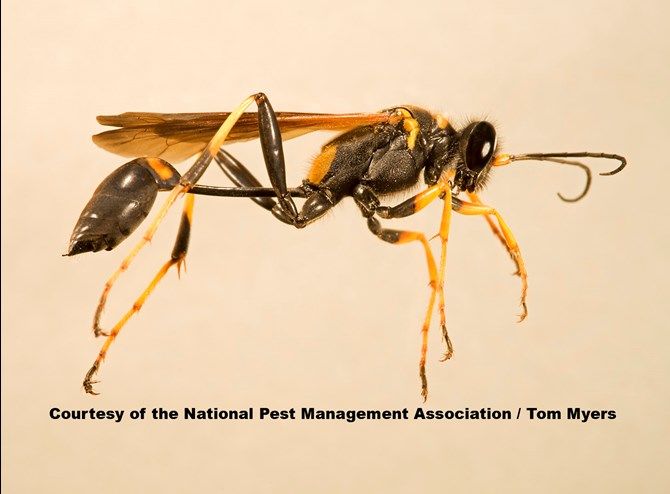
You can also make a bee trap that mimics a natural carpenter bee nest with angled entry holes. Inside, it has the shape of a funnel (for example, you can insert a cut off top from a plastic bottle). A bee, climbing into a hole, falls into a wooden chamber, after which it falls into a funnel from a bottle, which leads it into a container of water (bottom of the cut bottle). You can also add soapy water to the water to make it harder for the insect to get out. Once the carpenter bees start filling the trap, their pheromones will begin to attract other carpenter bees.
Where is the best place to place such a trap? If your wooden structures are already infested with carpenter bees, place the traps where there is a particular activity of insects, and in particular, right above the existing holes. If carpenter bees have not yet chosen your property, but you are afraid of their appearance, set traps in the corners and tops of buildings, preferably on the sunniest side of your house.
With regard to inhumane methods, involving the destruction of insects, the use of insecticides, which are sprayed or covered in holes, is practiced. The bee, penetrating into the nest, touches the poison with its abdomen. Also, boric acid and aerosol cleaner for carburetors, which are sprayed into the hole, will help against bees.
How to get rid of tree bees, how to destroy carpenter bees
Home » Pests » Insects in the apartment and in the house
Insects in the apartment and in the house
Author Konstantin Reading 6 min. Posted by
Carpenter bees do not pose a serious threat to humans. But their immediate neighborhood in the country or in the garden makes life very difficult. With human aggression, they can sting, but most importantly, insects destroy all wooden buildings and houses. Therefore, it is still necessary to get rid of such bees.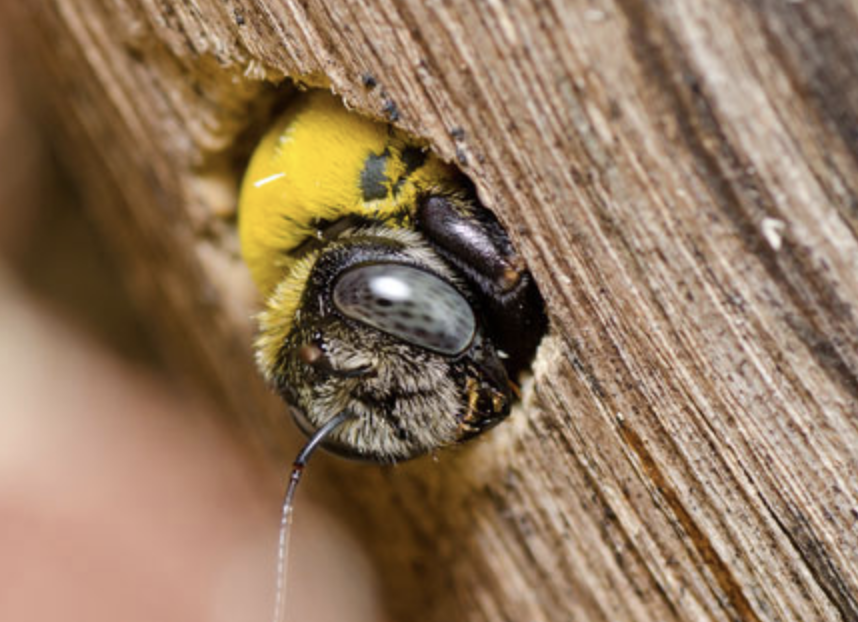
Content
- Pictures of pests
- traps for insects
- Radical methods of destruction
- Preventive measures
Patitional features of the ethnic groups 9,0002 Bigs are different purple-colored wings, and in appearance they are similar to ordinary bees: a hairy body, about 3 cm in size. The main distinguishing feature is the way of life. Tree bees live apart, males perform the protective functions of nests, and females drill holes and get food.
The stroke diameter of insects is 15–18 mm and is characterized by a smooth circle. Carpenters build dwellings on the part of the house facing the sun, starting in mid-spring. By the last summer month, the first offspring of bees appears.
Wood pests drill holes in old wooden structures, logs, houses. They do not feed on wood, but only use it to lay eggs. Such bees do not dig holes in the ground (unlike ordinary bumblebees).
Males do not pose a threat to humans. They do not have a sting, and males are unable to bite. But female carpenters are aggressive, especially if you scare them or try to crush them.
It is difficult to deal with bees because of their antisocial behaviour. They do not stray into packs, and they will have to be destroyed almost one by one.
These bees appear at our houses in late spring, frighten children with their aggressive behavior, and most importantly - destroy houses and other buildings. Female individuals, although rare, appear in open space. And the risk of being bitten still remains. People who are allergic to bee stings should be especially careful.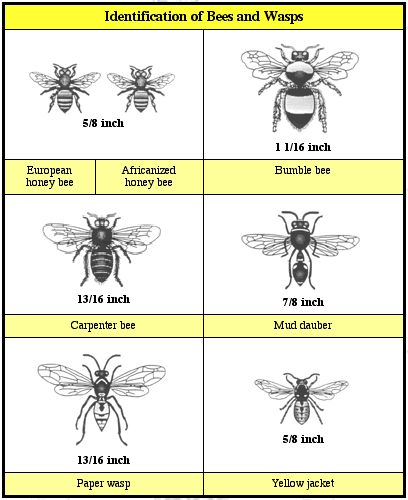 Insect larvae are a delicacy for woodpeckers. By smell, they instantly fly into the territory. This neighborhood contributes to an even faster destruction of wood.
Insect larvae are a delicacy for woodpeckers. By smell, they instantly fly into the territory. This neighborhood contributes to an even faster destruction of wood. Insect traps
Pests can be removed in a simple way - with a trap. Bees are happy to drill ready-made holes in structures and houses made of wood. They are also attracted to sunlight. Based on these features, the bait is constructed. What materials are used:
- plastic bottle;
- boards;
- nails, hammer, screws;
- screwdriver;
- saw.
First, a box is made for future bait. To do this, 4 identical boards with a length of 20–30 cm are cut out and assembled. Then the roof for the building is prepared. Its edges should protrude beyond the dimensions of the walls at the same distance.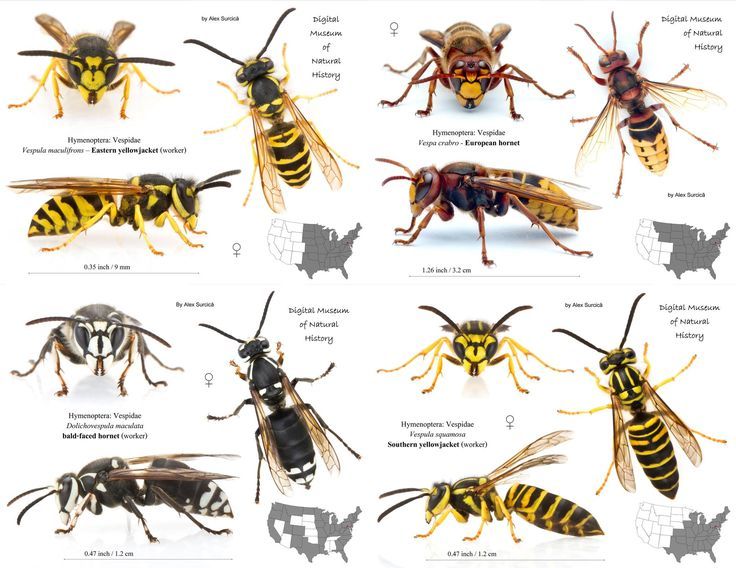 The bottom of the trap should be the same size as the walls. All structural elements, except for the roof, are assembled. A hole is drilled in the center of the floor of the trap (about 1–2 cm in diameter).
The bottom of the trap should be the same size as the walls. All structural elements, except for the roof, are assembled. A hole is drilled in the center of the floor of the trap (about 1–2 cm in diameter).
The top of the bottle is cut off in a certain way so that it can be cut into the petal shape of the edge. The lower part of the container is inserted into the cut off neck, the joint is sealed with adhesive tape. Moreover, the petals should protrude beyond the edge of the adhesive tape (by about 2 cm). With these elements, the bottle is fixed in the hole of the trap.
A hook is driven into the roof of the building, after which it is installed and fixed to the walls. If you pour water and detergent into a bottle, the bees will die faster. And by making a few more holes - bait for carpenters, the process of attracting insects will be accelerated. The trap is placed near the house with a hook on the side facing the sun . For the construction of the house, it is recommended to use coniferous trees.
Radical methods of destruction
You can get rid of pests in more aggressive ways:
- Powdered pesticides - widely used in the destruction of carpenter bees and their nests. The most effective are carbaryl and boric acid.
- Gasoline, diesel fuel. The product is poured directly into the nests of insects, and instantly destroys them. Precautions must be observed when working with flammable liquids.
- Carburetor cleaner aerosol. An effective and gentle method of dealing with carpenter bees. With the help of a special tip, the liquid is easily distributed over the nest of insects. The pungent smell will repel relatives in the future.
- Wood pests do not tolerate loud noises and strong vibrations. By installing a music center or speakers with loud music, you can get rid of all the bees from the nest.
- Mechanical. Carpenters are able to hover in the air for a while without moving. At this point, it is convenient to catch them and crush them.
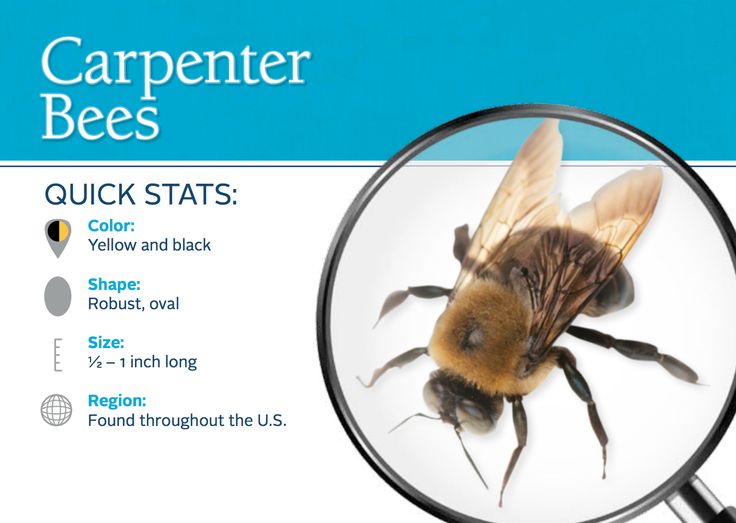 Everything is done quickly so that the bee does not have time to strike back.
Everything is done quickly so that the bee does not have time to strike back. - Professional insect extermination. Processing the territory of the house with special means of masters is the safest and easiest way.
Preventive measures
In addition to active methods of destroying wood bees, preventive measures will be very effective. If you managed to get the bees out of the house, then you should get rid of their nests. For this, steel wool is used, which closes the approach to the bee dwelling. And you can also close up the entrances to the nest with glue for tightness. This will help protect your home from the appearance of relatives of pests next year.
Carpenters most often feast on raw wood. Therefore, surfaces painted with varnish or paint will not attract insects. Already damaged boards can be treated with a spray based on citrus fruits or herbs with a strong odor.
